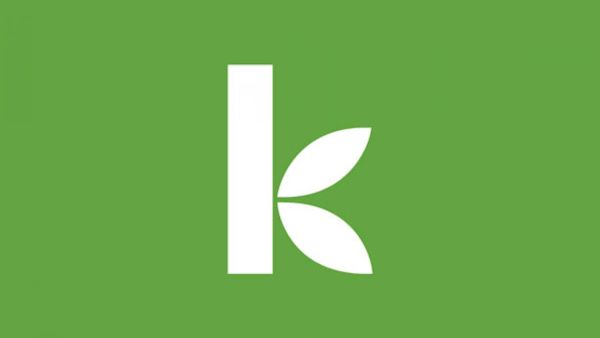
At Kiva, we take privacy very seriously, for both lenders and borrowers.
Our goal is to help borrowers around the world work towards their dreams, and in the process they are often able to build a credit history that opens new doors for them.
But sometimes life events, economic changes or even weather and climate prevent borrowers from either repaying on time or repaying in full. In honoring our organizational value of respect, and in alignment with concepts found in the SMART Campaign's borrower protection principles and in U.S. credit laws that seek to protect borrower's rights, we feel it’s critical that as an organization we take steps to protect borrowers against any situation where their dignity could be compromised or called into question unfairly in a public way. We do this through our borrower privacy policy.
There are 2 ways in which we can implement this policy effectively, while also honoring our value of transparency in sharing information with lenders: (1) we can publicly share loan outcomes (or repayment information), even to those who haven’t lent to a particular borrower, if we anonymize their personal information in the case of delinquency or defaults, or (2) we can publicly share personal information for all borrowers, largely eliminating the need to anonymize profiles in the event of lack of repayment, by not publicly sharing repayment information to people outside the lenders to the loan.
Historically on Kiva.org we’ve chosen option number 1, anonymizing borrowers whose loans fall behind in repayment or end in default. However, in thinking through the implementation of this policy as it relates to a unified Kiva -- which includes borrowers both locally and abroad together on one platform -- we’ve decided to make a shift to option 2, adopting the methodology that has worked successfully with our Kiva Zip (now Kiva U.S.) program.
In a world where technology is helping facilitate more connections between lenders, borrowers and the greater online world, and where more borrowers & Field Partners are actively fundraising for their own loans in their own communities or networks, there is increased potential to have negative or unintended consequences if repayment information is shared more publicly. Consider cases where a link to a borrower’s loan is shared outside of Kiva, for example on their Facebook page. If that borrower ever fell behind on repayments, even if their loan were anonymized on Kiva, the external link could potentially (even if inadvertently) be used to identify them publicly as delinquent on their loan.
Option 2 provides more complete protection to borrowers, and helps ensure we’re living up to our values as an organization by preventing situations where someone’s individual lack of repayment could be made known to anyone outside of the contributors to their loan.
So, what changes will lenders see?
Once a loan is done fundraising, the loan status and repayment history will only be visible to contributing lenders. Similarly, only contributing lenders will be able to see updates from the field or comments on those loans after the loans have funded. Any links to previous loans will also be removed after fundraising.
All other lenders will continue to see the borrower's photo and story without the loan status or repayment details, eliminating the need to anonymize loan profiles in cases of delinquency or default.
With this implementation, what isn’t changing?
While a loan is fundraising, there won’t be any changes to the information that’s available for that loan. The anticipated repayment schedule will still be publicly visible. Lenders will also have the ability to see a link to the borrower’s previous loans (if applicable) through our relisting functionality. And, since borrowers can only take out another loan if their previous loan is in good standing, this link will imply the borrower’s previous loan has been repaid in full, or is being repaid on time.
Kiva lenders also will still be able to see Field Partner repayment stats, which are listed on each loan, as well as Kiva’s overall repayment rate.
Lastly, lenders will have all the same repayment information they do today for the loans they’ve personally supported in their Kiva portfolios.
PREVIOUS ARTICLE
Social Enterprise in Madagascar: Tackling Sanitation and Energy Challenges →NEXT ARTICLE
A professor's journey from a Kiva loan to a 'once in a lifetime' trip to Texas →













